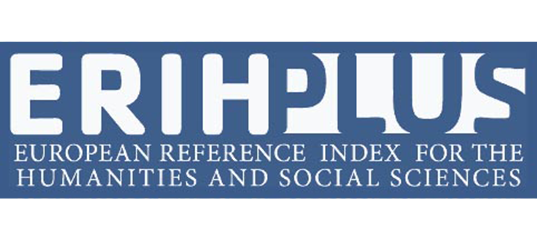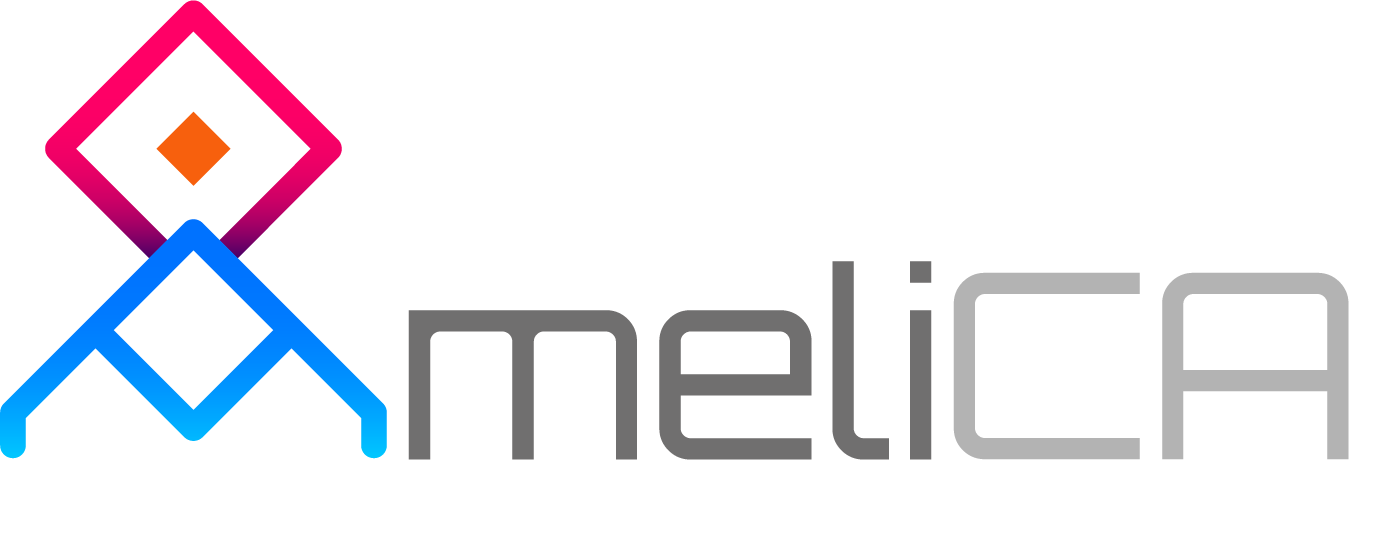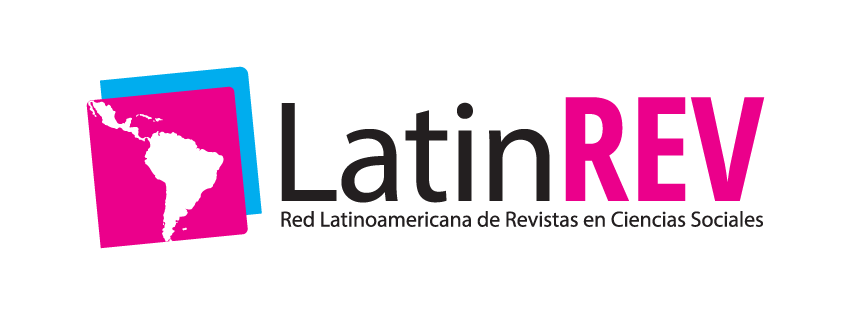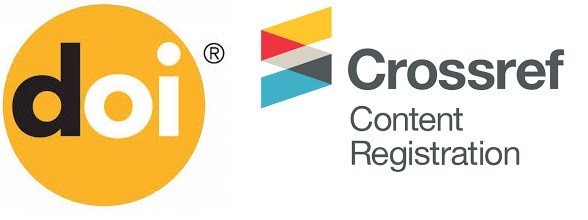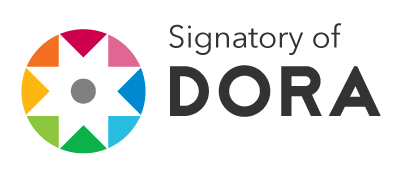Experimental BCI Prototype for Monitoring Brain Patterns in Drug Rehabilitation Patients
DOI:
https://doi.org/10.46480/esj.8.2.204Keywords:
Rehabilitation, Brain, BCI, Brain patterns, EEGAbstract
This research aims to present an emerging solution based on BCI Technologies for patients in drug rehabilitation therapy. This work presents an introductory framework on the expansion of illicit markets and the increase in global drug consumption; thus, highlighting the need for innovative approaches, such as brain-computer interfaces (BCI), to improve rehabilitation and personalize addiction treatments. Subsequently, an EEG device is used to capture brain signals during addiction rehabilitation, processed with EEGLAB software. Finally, the researchers developed a BCI prototype for real-time monitoring of brain patterns in patients in addiction rehabilitation. Using the Emotiv Insight EEG device and EEGLAB software, brain signals are captured and processed to personalize therapies, improving the precision and effectiveness of the treatment. Initial results show the prototype's ability to detect variations in brain activity, optimizing therapeutic intervention and opening new possibilities in mental health.
Downloads
References
Bear, M., Connors, B., & Paradiso, M. (2020). Exploring the Brain, Enhanced Edition. Neuroscience.
EMOTIV. (2024). EMOTIV EPOC: 10 años de investigación revisada por pares. Obtenido de https://www.emotiv.com/blogs/news/10-years-emotiv-epocresearch
Koob, G., & D Volkow, N. (2016). Neurobiology of addiction: a neurocircuitry analysis. National Library of Medicine. DOI: https://doi.org/10.1016/S2215-0366(16)00104-8
Monge Lay, S., & Aracena Pizarro, D. (2015). Control de movimiento robótico con detección cognitiva y facial mediante Emotiv EEG. Arica: Rev. chil. ing. vol.23 no.4. DOI: https://doi.org/10.4067/S0718-33052015000400002
Plan V. (2021). Ecuador a palos de ciego: 7 años sin un estudio sobre consumo de drogas. Ecuador.
Salinas F, David. (2015). El Proyecto BRAIN: ¿Sólo se estudia en computadoras?. Revista médica de Chile, 143(8), 1087-1088. https://dx.doi.org/10.4067/S0034-98872015000800020 DOI: https://doi.org/10.4067/S0034-98872015000800020
UNODC. (2023). El Informe Mundial sobre las Drogas 2023 de UNODC advierte sobre crisis convergentes a medida que los mercados de drogas ilícitas siguen expandiéndose. Mexico.
Downloads
Published
Issue
Section
License
Copyright (c) 2025 Fabián Andrés Espinoza Bazán, Cecilia Elizabeth Cabanilla Burgos, Francisco Gerardo Palacios Ortiz, Dennisse Stephania Sánchez Andrade, Gabriel Gerardo Catuto Cuenca

This work is licensed under a Creative Commons Attribution-NonCommercial-NoDerivatives 4.0 International License.
Authors retain the copyright of their articles and are therefore free to share, copy, distribute, perform, and publicly communicate their work on their personal websites or in institutional repositories after its publication in this journal, provided that full bibliographic information is given to acknowledge its original publication.










